Retro Replay Review
(HEY YOU!! We hope you enjoy! We try not to run ads. So basically, this is a very expensive hobby running this site. Please consider joining us for updates, forums, and more. Network w/ us to make some cash or friends while retro gaming, and you can win some free retro games for posting. Okay, carry on 👍)
Gameplay
Poltergeist delivers a multi-tiered challenge by splitting its action into three distinctive levels, each paying homage to key moments of the film. In the opening stage you’ll guide the protagonist through a bird’s-eye view of the suburban neighborhood in search of everyday items—rope, ribbon, a towel, tennis balls, and a handkerchief—all while racing against a 30-unit time limit. The intuitive yet demanding mechanic of “limited time plus evasion” keeps your heart racing as you dodge speeding cars and the unpredictable poltergeist, which haunts the neighborhood in the form of a flashing box indicator.
The second level shifts perspective entirely, inviting you to navigate a staircase obstacle course from a side-on view. There, moving barriers—squares and ovals marked with X’s—sweep horizontally across each step, and your cursor-like pair of shoe prints must dodge these hazards while a relentless ghost pursues. Quick thinking and precise timing are required to advance, as the narrower steps at the top dramatically increase the tension and difficulty under the same unforgiving 30-unit clock.
In the final stage, you’re thrust into a first-person viewpoint inside the infamous closet, armed with a limited firearm and tasked with shooting eight menacing poltergeists. To ups the ante, Carol-Anne often appears alongside the specters, and one stray shot at the wrong time will send you back to level one. Successfully vanquishing all eight enemies without harming the girl rewards you with the iconic phrase, “This house is clean,” capping off the rescue mission in satisfying horror-game fashion.
Overall, Poltergeist’s gameplay is varied and cleverly structured, ensuring that players never experience monotony. Each level introduces new mechanics—item gathering, platform-like dodging, and precision shooting—that keep the challenge fresh. Though the 30-unit time restriction can feel punishing, it heightens the sense of dread and urgency that defines the horror genre.
Graphics
Developed in an era of limited color palettes and sprite capabilities, Poltergeist nonetheless manages to evoke the eerie atmosphere of the film. The top-down neighborhood map uses simple yet effective tiles to represent houses, driveways, and roads, while the flashing box effect for the poltergeist brilliantly conveys otherworldly activity within a single screen element. Despite its blocky presentation, the visual cues are clear and functional, ensuring you always know where to find your next item or threat.
The side-view stairway level boasts similarly minimalist design choices. The barriers are easy to distinguish, moving predictably but at a speed that demands quick reflexes. The staircase itself narrows with each step upward, creating a claustrophobic tunnel effect that enhances the sense of vulnerability. Though there’s no advanced shading or dynamic lighting, the limited color contrasts help you focus on obstacle patterns and ghost movements.
In the first-person shooting sequence, the backgrounds are stark and unadorned, placing all emphasis on the rapidly appearing poltergeist sprites. Their ghostly animation frames flicker just enough to unsettle, and the occasional glitch in positioning adds to the unpredictability—though it can sometimes feel like a programming quirk rather than intentional design. The red-tinted crosshair and limited ammo counter are crisply rendered, making your final showdown feel suitably tense despite the graphical simplicity.
While modern gamers may find the visuals dated, those with an appreciation for retro horror titles will recognize the creativity required to instill fear with minimal resources. Poltergeist’s graphics serve the gameplay well, delivering clear feedback and a moody atmosphere within the technical constraints of its time.
Story
Poltergeist faithfully adapts the chilling premise of Tobe Hooper’s 1982 horror classic, putting you in the shoes of the Freeling family’s determined savior. The plot requires little embellishment: supernatural forces abduct young Carol-Anne through the family television set, and it’s your responsibility to retrieve her. This straightforward premise allows the game to focus entirely on gameplay variations rather than an elaborate narrative, ensuring you’re never distracted from the central goal.
Each level captures a distinct moment from the film’s storyline, from the suburban item hunt to the stairway chase and final closet confrontation. Though there are no in-depth cutscenes or dialogue exchanges, the game uses brief title cards and the recurring phrase “They’re here!” to tie back to the movie’s haunting dialogue. Fans of the film will appreciate these nods, while newcomers still benefit from a concise objective that requires no prior knowledge of the source material.
Despite its brevity, the story’s tension remains palpable thanks to the time constraints and ghostly antagonists. You’ll feel the desperation of a parent racing to save their child as the clock ticks down, and the potential for failure keeps emotions high throughout. The final reward message, “This house is clean,” evokes both relief and triumph, providing a satisfying conclusion to the narrative thread.
Ultimately, the story in Poltergeist isn’t about plot twists or character development, but rather about recreating the film’s fearful atmosphere in interactive form. It succeeds by staying laser-focused on that goal, delivering a haunting rescue mission without unnecessary frills.
Overall Experience
Poltergeist stands out as a classic example of early horror-game design, leveraging simple mechanics to deliver a tense, varied experience. The multi-level structure ensures that no two moments feel identical, and the recurring 30-unit time pressure elegantly weaves urgency into every stage. Players who appreciate tight, arcade-style challenges will find plenty to love, especially in the face of unpredictable ghost encounters.
While the graphics and sound effects reflect the limitations of their time, the game’s atmosphere remains effective. The stark visuals and minimal audio cues draw you into a world where danger can emerge at any moment. It’s a testament to the skill of the developers that a handful of sprites and a ticking clock can still create genuine suspense decades later.
The lack of narrative depth may leave some players wanting more, but those who approach Poltergeist for its bite-sized intensity and nostalgic charm will be rewarded. The decision to return you to the first level for a single wrong shot adds real stakes to the final segment, ensuring that mastering the mechanics feels truly earned.
For fans of the film, vintage horror enthusiasts, or anyone seeking a challenging three-part mission that emphasizes timing, evasion, and precision, Poltergeist offers a uniquely engaging experience. It may not boast modern bells and whistles, but its cohesive design and faithful adaptation of the source material make it a worthwhile addition to any retro gaming collection.
 Retro Replay Retro Replay gaming reviews, news, emulation, geek stuff and more!
Retro Replay Retro Replay gaming reviews, news, emulation, geek stuff and more!
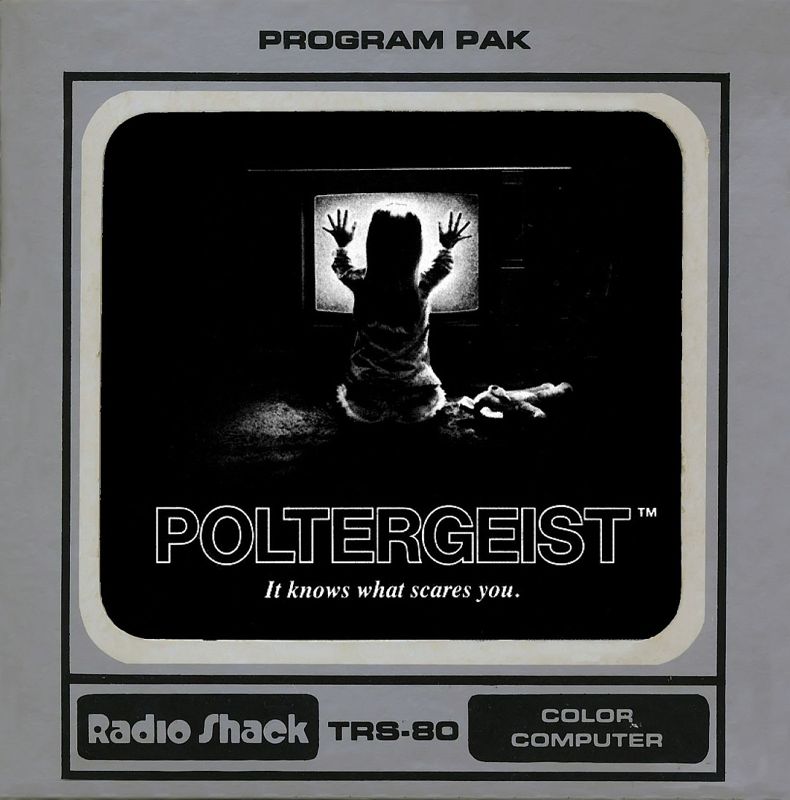
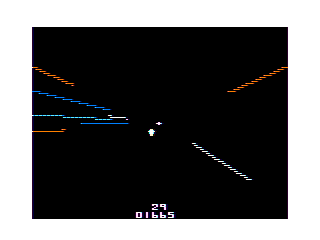
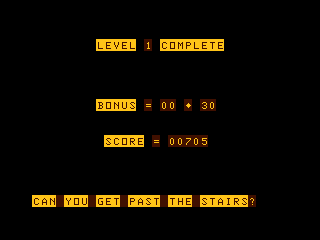
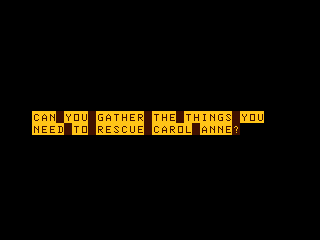
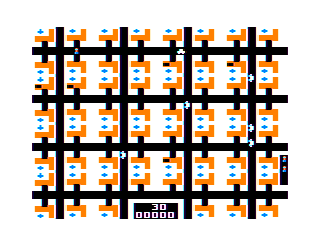
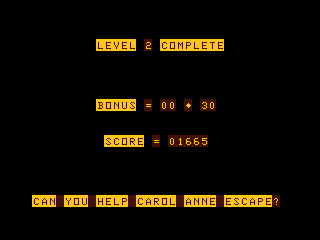



Reviews
There are no reviews yet.